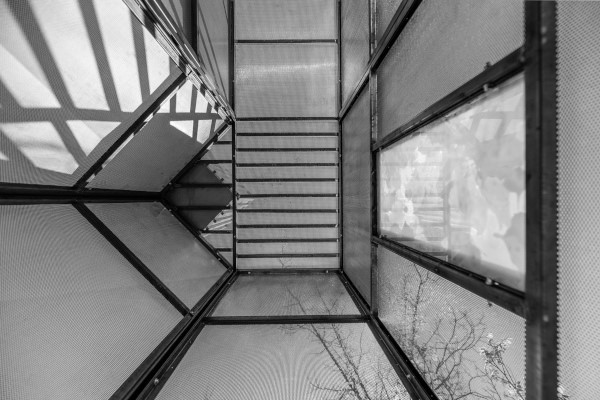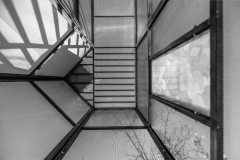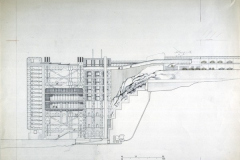Modern and Its Critique
Conceptual Architecture from the Second Half of the 20th Century to the Present
Text: Anett Mizsei
Modernism, as the defining architectural style of the 20th century, was in moral crisis by the 1960s. While technology, the need for mass construction, and the positive aspects of comfort and hygiene that Modernism represented were of course still important, from an ideological point of view it could no longer meet the demands of architecture and keep pace with the social changes of the new era. The 1960s saw the emergence of critical voices and trends critical of the Modern. At the heart of these is a universalist approach, with personal and autocratic control of behaviour, hierarchical organisational principles, monumentality and geometric repetition ‒ only perceived from a bird’s eye view ‒ and a universalistic approach. Cultural differences, misunderstanding of the human-environment relationship, oversimplification of the human factor and the limitation of design based on the form-and-function relationship were all aspects that were taken into account when criticising the Modern. To summarise the essence of this above-mentioned contradiction: although th Modernist theory and design is fond of invoking anthropocentrism, it is in fact driven by technical efficiency. The notion that architecture can carry signals, meanings and symbols independent of architecture and a rational, functionalistic approach reappeared in the Post-Modern period. At the same time, understanding the real needs of human beings became the focus of research and architectural theory. Conceptual architecture was thus born out of a crisis that emerged in the 20th century, a crisis that can be paralleled with the developments in the field of fine art.




